






of







of







of





















One of the magnificent archaeological monuments of Karabakh is Gavurgala settlement. The Gavurgala settlement is in Boyahmadli village, which is located 18km north-west of Aghdam region of Azerbaijan. There had been various comprehensive archaeological excavations for learning the Gavurgala settlement in the second half of the twentieth century, mainly between 1950 and 1970s, by various prominent scholars and archaeologists of Azerbaijan of that time, namely, Ziya Bunyadov, Igrar Aliyev, Rahim Vahidov, Ishag Cafarzade, Saleh Gaziyev, Gardashkhan Aslanov, Ideal Narimanov and Rashid Goyushov. According to the archaeological excavations, the Gavurgala settlement is the ruins of an ancient city that dates back to the XIII centuries AD. The ruins of the Gavurgala settlement are considered one of the prosperous cities of Caucasian Albania. The existence of the Christian temple in the settlement is an ideal proof for this argument. Scholars assume that Gavurgala settlement complies with Aluen city, the city that has been summer residence of Albanian Tsars during fourth and fifth centuries. According to Strabon “Enians built a fortified city which is called Eniana in the area of vites at mountains near the Caspian Sea. The Greek weapon, copper vessels and tombs are shown there”. According to this information Eniana city was built by Greek people. Possibly, Enians themselves are descendants of Greek that founded the city and called by local population as “yunan”.[1]
Meanwhile, it is argued that Vites-is a utes of Early Medieval Age and modern Udine who then inhabited in Karabagh region of Azerbaijan, mainly in Aghdam. Therefore, it is supposed that the history of Aghdam goes back to Antique Period. The existence of various ancient human settlements in the territory of Aghdam also proves this fact. Later on, local people populated Aghdam region, whereas they remained Greek for neighbors. Assumption is that name of Eninan comes from there. Later on, the settlers of the region established a city in the area where Gavurgala settlement was located, which was called Aluen and Yunan in the memory of the founders of the city. Visibly the city remained one of the Christian cities of the region. That is why, later on the Muslim population of the region called the city as Gavurgala (castle of infidels).[2]
[1] Azərbaycan Milli Elmlər Akademiyası Arxeologiya və Etnoqrafiya İnstitutu Azərbaycan Milli Elmlər Akademiyası Milli Azərbaycan Tarixi Muzeyi “Mİ̇RAS” Mədəni İrsin öyrənilməsinə kömək İctimai Birliyi, Ağsu Şəhəri Orta Əsrlərdə: Tarixi-arxeoloji araşdırma, Vol. 3, 2011, p. 38. See also: Göyüşov, Rəşid, Azərbaycan Arxeologiyası, (Bakı, 1986).
[2] Ağsu Şəhəri Orta Əsrlərdə, p. 39.
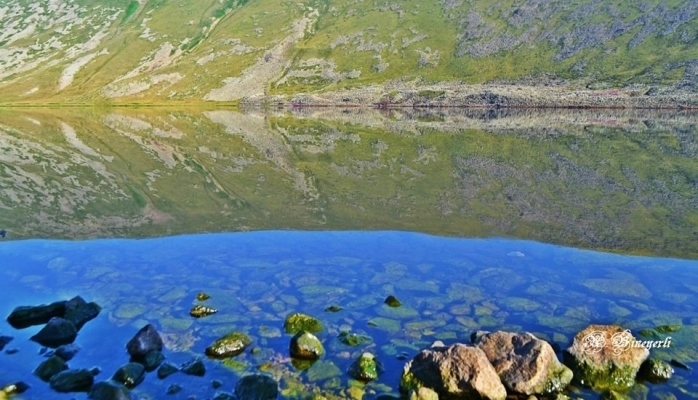
Qaragol Interrepublics State Reserve was set up with the decision of the Council of Ministers dated November17, 1987. Garagol State …

The idea of establishing Aghdam Bread Museum, which is considered to be the second in the world after the Zurich …
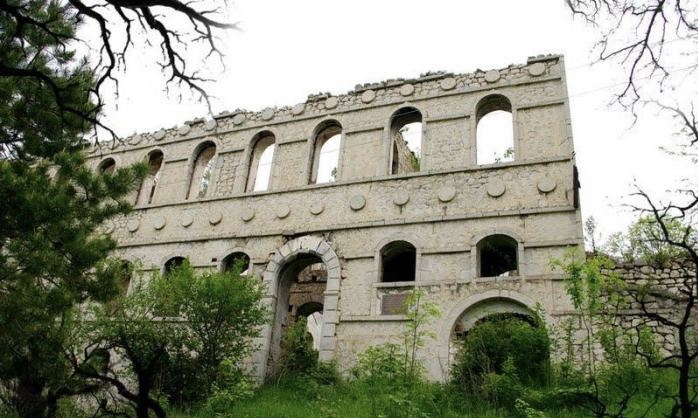
The Khurshudbanu Natavan’s House is a historical and architectural monument of the 18th century located in the city of Shusha. …

Museum Mausoleum Complex of Molla Panah Vagif is located in Shusha, Azerbaijan. It was built in honor of Molla Panah …
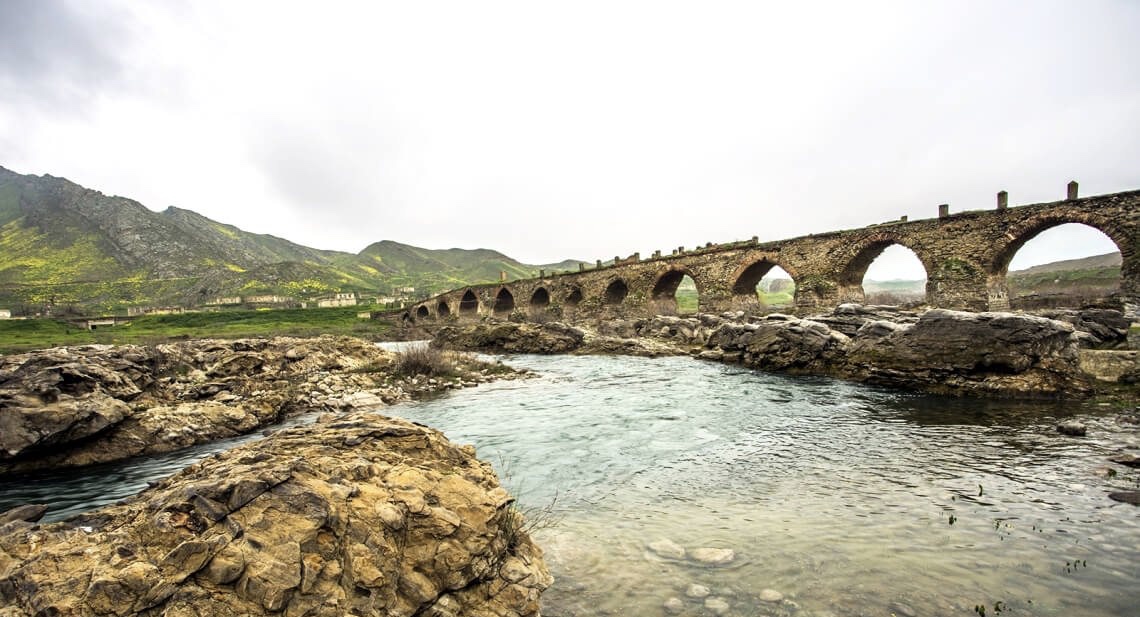
The Bridge belongs to the Arran architecture school. The first written source that mentioned the 15-arched Khudafarin Bridge belongs to …
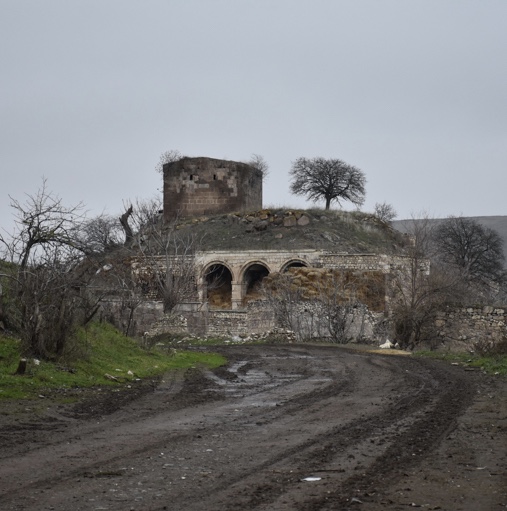
Garghabazar Caravanserai was built in 1681 at the hillside, in the center of Garghabazar village of Fuzuli district, 8 km …
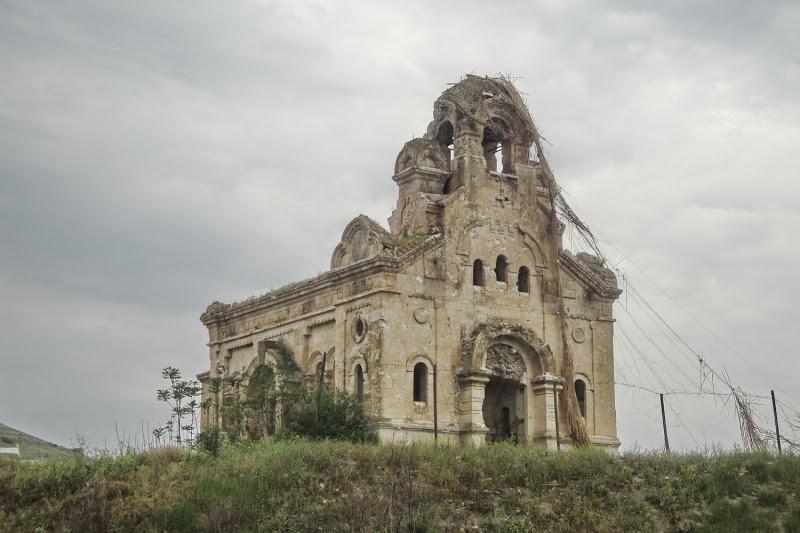
Armenia’s vandalism in Nagorno-Karabakh and seven surrounding regions affected not only the historical, cultural, and religious heritage of Islam but …

Jabrayil History-Ethnography Museum has been operating since 1953. Archaeological and ethnographic materials belonging to the history of the region, textiles, …

Khudavang, or Dedeveng, Monastery Complex is located in the Vang village of Kalbajar District, on the left bank of Tartar …

“The 19th century Aghdam Juma Mosque is perhaps the only structure that has withstood the years of neglect since the …